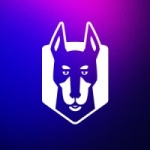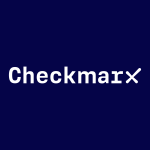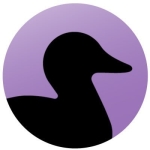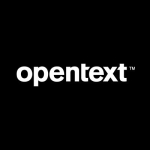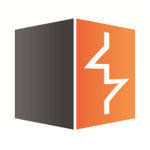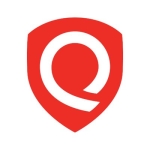I use this solution for penetration tests.
It has evolved over the years and recently in the last year they have added, HUD (Heads Up Display).
It comes up in your browser and you have control of the program while you are on the website, in your browser. Everything that you can do in the program, you can do from your browser on the fly. It is similar to a targeted attack. You can see what you are doing.
It's a Java program installed on your computer.
The forced browse has been incorporated into the program and it is resource-intensive.
It was a copied program named DIR Buster Doorbuster. It needs to be improved, it's too resource-hungry.
I found another program that is written in the Go language and it does the same thing, but it is much faster and more efficient. It will crash those proxy programs within Zap if you do more than one, it will take forever.
It needs to be rewritten, maybe not in Java.
I have used OWASP quite a bit. I have dealt with this solution for quite a few years. My usage has not been constant, but it has been quite a while.
We are dealing with the most recent version.
It creates a database of all the URLs and it can get a little overwhelming.
With a large website, you have a lot of URLs, it gets a bit sluggish when loading and saving it, but it really works quite well. It goes in and out of it and goes too slow. It takes a little while to save all of that data.
It's a scalable product but its' slow.
I have not contacted technical support.
It has a very good forum on the website. The users help each other. It's helpful and resourceful.
I have used several solutions, such as Nessus, WebInspect, and Retina. The retina is a network scanner but OWASP is the best.
It's quick to set up. You can install it in different ways. I run it on Linux, Debian and I have run it on Windows as well.
I was making a comparison between OWASP and Acunetix to see what the differences were.
I used to work with Homeland security back 10, 15 years ago, in the national cybersecurity division starting up right after 9/11.
I was on that national cybersecurity team. One of the things they looked into was funding using government money to fund some of these security operations or projects. They decided, and I helped decide, that it would be right for the government to support open-source systems or products because they're not making money out of that market.
One of the people in the government got involved and helped to get it started. I don't know if they still have a list on their website of donors or contributors, but you can look on that list pretty easily and see if Homeland security is still supporting them.
I assume it is because it's really well run. It's constantly evolving new versions coming out with new features. It's very well managed and the lead person on it is very sharp. You can go on YouTube and search for a proxy and you will see some deep-dive tutorials. He did a really good job.
There is a lot to this solution. You can use it superficially, but you need to spend a lot of time learning it. It has a lot of options and a lot of angles.
I would rate OWASP Zap a nine out of ten.



